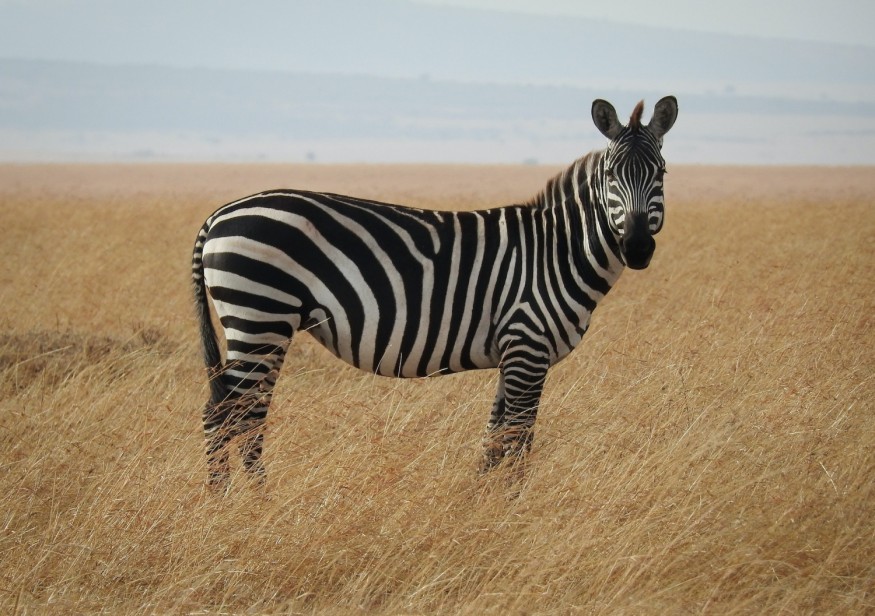Animal skin with stripes and spots are relatively rare in nature as not all species have this unique biological feature. Biologists have long thought that it is a product of evolution to survive or attract potential mating partners. Ranging from land mammals to fish, it is evident that the animal stripes and spots mystery has symmetry and pattern but caused by an unknown mechanism, which has plagued scientists for decades.
Now, a new study led by scientists in the United States have finally solved this mystery by investigating a phenomenon known as diffusiophoresis, which they consider to have a role in biological pattern formation. The new research paper's authors also correlated their findings with the previous work of Alan Turing. The English mathematician previously proposed that "reaction-diffusion instabilities" could pave the way to biological pattern formations affecting living organisms.
Animal Stripes and Spots Mystery

The study is published in the journal Science Advances on November 8, where researchers from the University of Colorado explored the said instabilities. The phenomenon is now known as Turing patterns. This fundamentally explains why some animals have stripes and spots throughout their bodies. In previous research, this phenomenon has been considered not as a coincidence but rather a precise process in a molecular or cellular level.
Patterns can be observed in our surrounding environments. Even plants and geological formations show this unique symmetry and equilibrium. However, this phenomenon is more noticeable in some of the following animals that we know today:
- Zebra
- Tiger
- Striped hyena
- Coral snake
- Wild cat
- Zebra spider
- Four-striped grass mouse
- Eastern chipmunk
- Striped marlin
- Striped skunk
Turing Patterns
The Turing pattern is both a concept and a model that pertains to the probability that patterns in nature, like stripes and spots, can occur from a uniform state without anthropogenic or human intervention. While this model initially started in mathematics, it has made relevance in the field of biology.
In a 2021 study, researchers cited evidence that Turing patterns have biological significance, particularly in relation to biological mechanisms that affect skin pigmentation to digit and limb formation. Although this mathematical concept has established itself in developmental biology, yet the study suggests that its artificial design has been proven to be a challenge.
When it comes to the 2023 Science Advances study, the University of Colorado research team used a different approach to address the animal stripes and spots mystery by focusing on diffusiophoresis, which pertains to the motion of suspended particles like colloids, cells, and macromolecules.
Furthermore, the team defines this process as the continuous patterning of colloidal particles accompanied by chemical factors under the principle of Turing patterns. According to the researchers, their discovery implies that biological pattern formation like those found in some animal skins can be explained with a universal mechanism, even if it transcends from mathematics to evolutionary biology.
Related Article: The Early Death Signs of Disappearing Zebra Stripes
© 2025 NatureWorldNews.com All rights reserved. Do not reproduce without permission.





